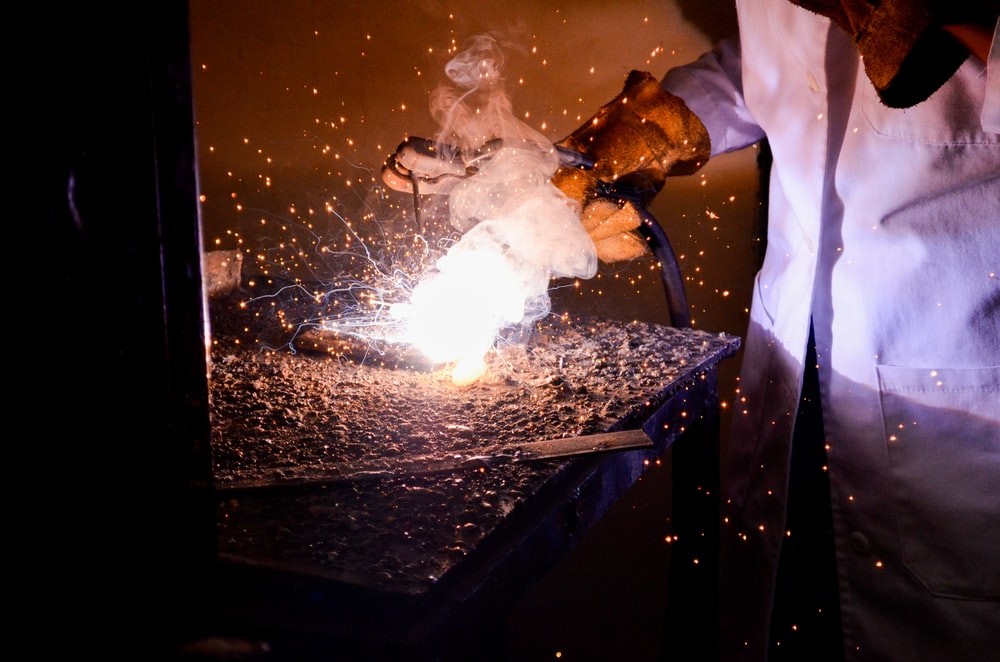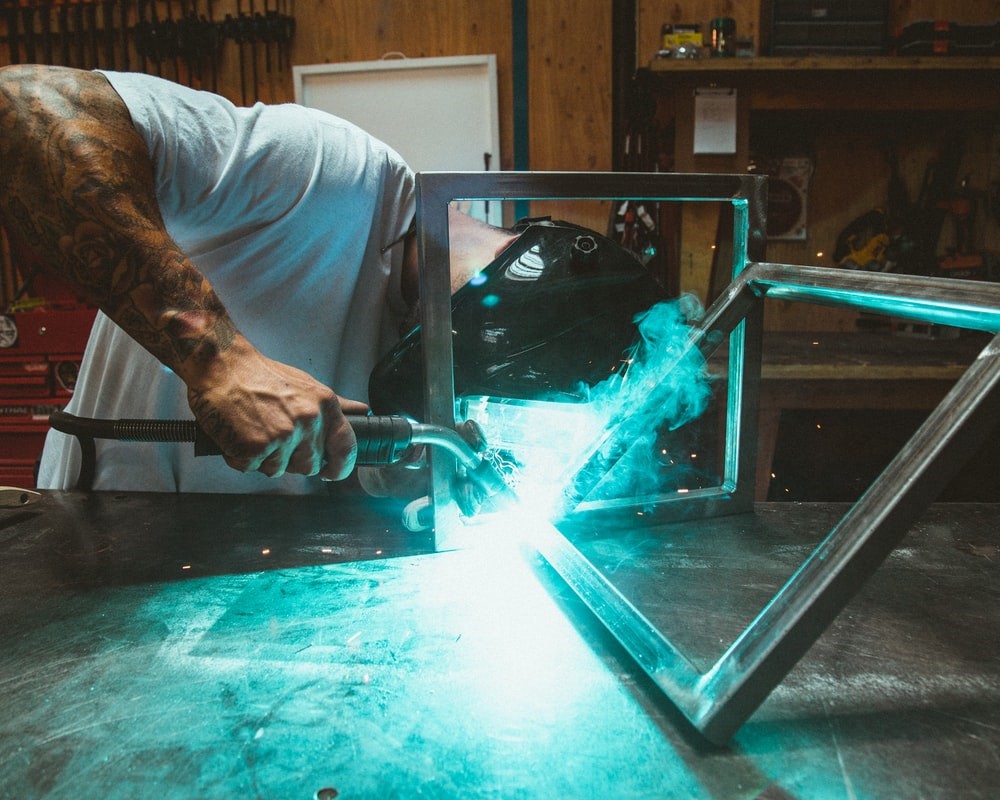
Metal fabrication is a complex process that requires specialized skills and an extensive amount of experience to ensure optimal results. The process can become more complicated when aluminum is involved, as it poses several challenges in terms of fabrication. Let’s talk about some common challenges to weld aluminum and how to overcome them:
Discoloration And Smut
Discoloration and smut are one of the most common problems that fabricators face when welding aluminum. It’s caused by the magnesium oxides collected on the base material and weld when filler metal reaches a vaporization temperature and condenses on the cooler surface in the form of soot.
Solution: You can prevent aluminum dislocation by choosing the right filler metal, ideally one with no traces of magnesium. Furthermore, shortening the contact-to-work distance can also minimize the chances of discoloration. Also, make sure the laser gun angle is appropriate and that you use a push angle to prevent smut.
Hot Cracking
Aluminum has an unstable chemical composition, which makes it prone to hot cracking during the welding process. Different reasons can lead to hot cracking in the sensitive areas of an aluminum welded structure, like inappropriate filler metal, poor joint design, etc. Still, with a little knowledge of the underlying issue, the problem can be averted.
Solution: You can prevent hot cracking by choosing a filler metal. Always check the filler metal guides for recommendations for weld characteristics to ensure you pick the right one for your process. Moreover, use an appropriate joint design that allows more room for filler metal to make it less prone to cracking. Preheating aluminum before the weld can also be useful.
Warping
Compared to other metals, aluminum has an extremely low melting point. The high heat transfer rate makes it more susceptible to warping during welding. It mostly happens when the parts are clamped out of the flat before welding. Sometimes, the direction of welds can cause a twist, which can lead to warping.
Solution: You can prevent warping by using restraints like clamps and assembly that are fixed to a solid base plate to prevent movement during the weld. Locking the aluminum part will help combat distortion and result in a consistent, smooth final result. Also, make sure the current levels are set appropriately to distribute heat input.
Are you looking for specialized welding and cutting services in Wasilla, Alaska? Contact us today! At Plasma Tech, we have professionals that use state-of-the-art technologies to offer you top-quality CNC Plasma welding services. Our experts can help overcome challenges associated with aluminum weld to achieve exceptional results. Call 281-745-7125 to get started!

